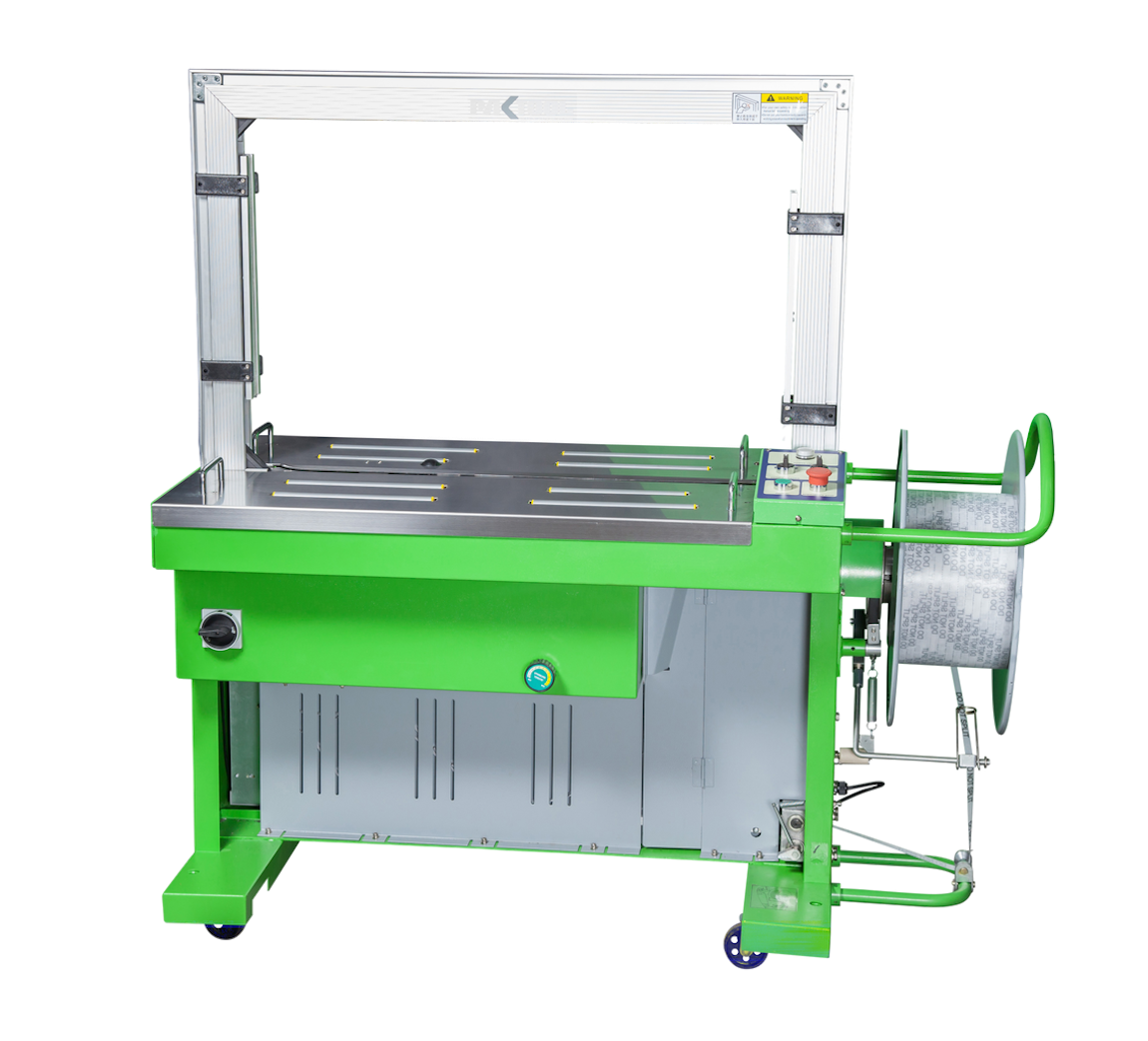For those looking to incorporate strapping into their operation, or simply want to re-visit their existing strapping solution, it’s important to consider the machine used to apply the strapping and what you’re looking to achieve – strapping machines can’t be overlooked.
If you’d like to find out more about strapping machines, how they work, and what’s best for you, you’ve come to the right place. Here, we explore all you need to know in our complete guide to strapping machines.
What is a strapping machine?
Strapping machines are electrically powered and use strapping to create consistent, secure seals on parcels and packages. They are used to save time, energy and materials over typical packaging processes, and do so without the need of manual strapping tools such as tensioners, cutters or combination tools.
What are the different types of strapping machines?
Depending on your wants and needs as a business, there are two main types of strapping machines to consider – automatic and semi-automatic strapping machines. Let’s take a closer look at each type below.
Automatic strapping machines
Given away in its name, automatic strapping machines are the quickest and simplest to use once setup. With just the push of a button, you’re able to apply strapping to your chosen package in seconds.


